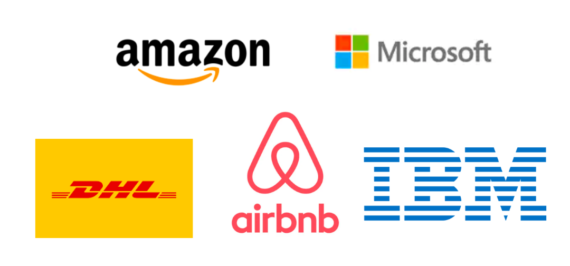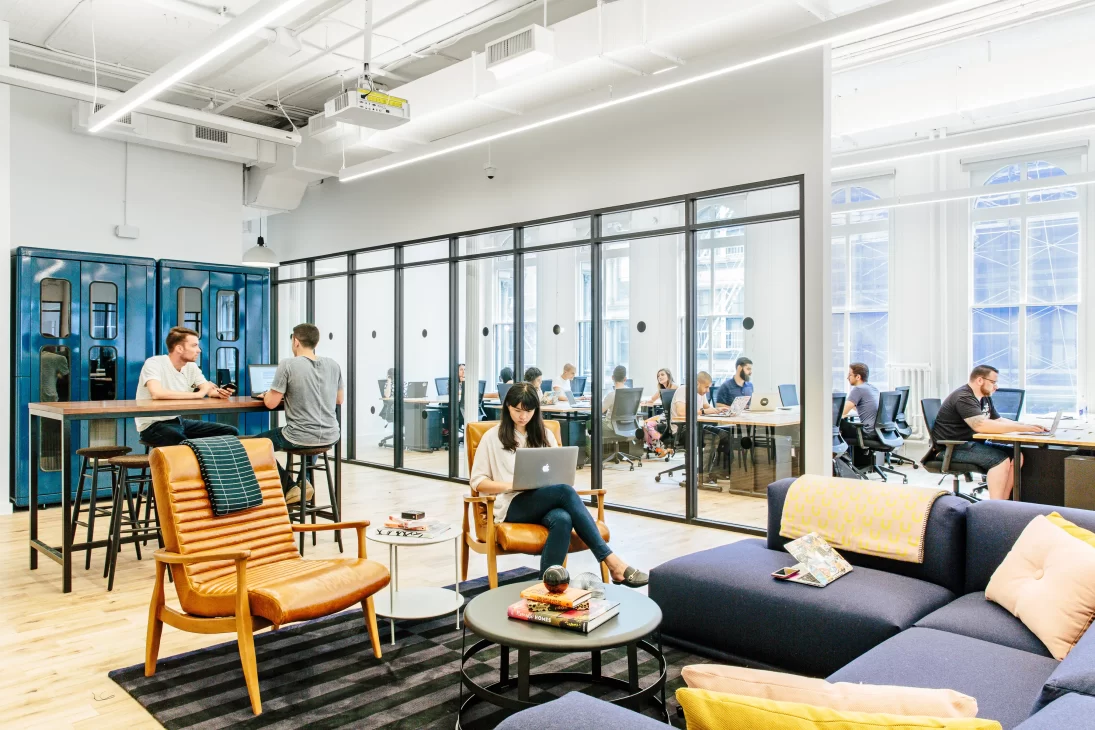Throughout Covid-19, one of the most common subjects of debate has been the future of work itself. How will workspaces look now that the pandemic is over? How have our commutes, meetings, and working hours been transformed?

Now, in markets around the world, it’s clear that the pre-pandemic office model is one few companies will be returning to, even as Covid concerns ease for many worldwide. The old routine of collective working in a central office simply lacked flexibility, restricting employees in ways that we hadn’t fully addressed until the pandemic forced a sweeping change in mindset. Flexible workspaces have greatly helped our transition to the new normal by allowing businesses to continue operating with
- comfort
- convenience
- reduced costs
Even before Covid, coworking spaces were growing in popularity. As advancing technology boosted the “work from anywhere” trend, these workspaces meant flexibility for employees. When the pandemic hit, though, anxious workers retired indoors to work from home (WFH) – shunning shared, public space in large cities and in tall buildings, where people were pressed together in cramped elevators and corridors.
However, after extensive sanitising was undertaken and capacity reduced, risks were minimised and coworking spaces regained companies’ trust. Their proprietors worked hard to keep communal areas safe during Covid, increasing comfort and confidence. Even people who appreciated the perks of WFH were won over by the chance to collaborate with colleagues in person, the kind of social interaction many missed during their WFH hibernation. Workers were also able to connect with other firms occupying the same building, creating valuable synergies with other businesses.

The world’s largest companies have made the switch

A recent survey of 185 US-based firms, by the world’s largest commercial real-estate services firm CBRE, underlines the seismic shift in working paradigms. Its results reveal that more than 90 per cent of American companies are re-configuring their offices to adjust to lessons learnt during the pandemic. Coworking spaces were once the domain of freelancers, entrepreneurs and start-ups; but this sea of change in the way we work has swept up even the world’s most renowned companies, including Fortune 500 firms.
According to coworking pioneers WeWork, 40 per cent of their members now work at a company with 500-plus employees. Large, centralised offices in city centres are increasingly a thing of the past. Major corporations such as Facebook, Twitter and Slack responded early to the pandemic-enforced shift towards WFH; even before the pandemic, globally renowned companies such as Microsoft, IBM and Verizon were using coworking spaces. By giving employees more control over their environment, companies have a more content workforce, increasing retention rates and ultimately reducing turnover.
The benefits reach far and wide
The benefits of flexible office spaces reach far and wide, from technology to economics, and even aesthetics. Most flexible workspaces are attractively designed with contemporary furnishings and serve as a productive and hospitable environment for users. With amenities such as wellness rooms, gyms, game zones and break-out areas – and conveniences like showers, kitchenettes and bicycle racks – they offer a cosy sanctuary, as well as ergonomic chairs and desks that encourage good health in the workplace.

They are also more likely to have a superior, up-to-date IT infrastructure in place, making the office experience not just enjoyable, but efficient. Flexible workspaces are often housed in modern, “smart” buildings which deploy automation and IoT (Internet of Things); these buildings automatically perform tasks such as adjusting temperatures and activating motion-sensor lighting, helping to save on energy costs.
Then of course, the most direct benefit of using flexible office space is the cost savings. Flexible offices help reduce a company’s overall rental costs with better lease terms . A flex office can actually save as much as 26% per employee over five years. Companies also save on time and resources when they don’t have to take care of expenses like furniture, design, office equipment, internet, utilities, management fees, cleaning, insurance, taxes etc.
As companies return to the physical workspace, flexible offices will continue to proliferate as they bridge the gap between traditional offices and hybrid work patterns. Co-working seems likely to remain a staple of working life, providing the dynamic, safe atmosphere necessary for healthy, modern, cost-effective office environments.
Workbuddy can help you get into an office space that best fits your business’ needs. Reach out to me today to find out more.









What do you think?